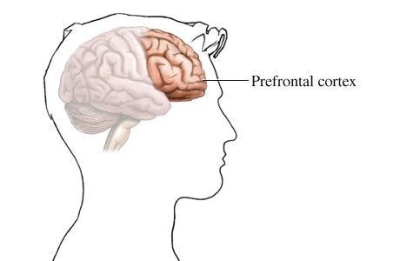The season in which you are born may affect
everything from your eyesight to your eating habits and overall health later in
life. According to research, winter babies are more likely to develop schizophrenia
than spring babies. This particular
study indicates the season-of-birth effect. The season- of-birth effect states
that tendency for people born in winter have a slightly ( 5% to 8%) greater probability
of developing schizophrenia than people born at other times of the year. What causes this phenomenon is unknown but
one indication leads to particularly pronounced in latitudes far from the
equator.
Schizophrenia is a lifelong and disabling mental
disorder that normally has an onset in late adolescence or early adulthood. It
is a severe mental disorder characterized by two kinds of symptoms; positive
psychotic symptoms - thought disorder, hallucinations, delusions, and paranoia
- and negative symptoms – impairment in emotional range, energy, and enjoyment
of activities.
However, how can we prevent this happening to our
unborn child due to the season? Pregnancy complications, such as maternal
influenza, are risk factors that can be modified. Quality prenatal care can
decrease the risk of the child having schizophrenia. Previous studies have
shown a statistically significant link between schizophrenia and maternal
influenza in the second trimester. Maternal influenza has been linked to
schizophrenia because maternal influenza can cause central nervous system
abnormalities and low birth weight. Therefore, the reasoning goes, many
pregnant women become infected in the fall with a virus that impairs a crucial
stage of brain development in a baby who will be born in the winter.
The video below gives you an insight of what
children with schizophrenia go through. This video may be a little disturbing
and heart breaking because we usually do not see this disease at a young age.
Jani, 7, is in this dark and haunting journey called schizophrenia. The video
explains how her parents and family struggle to cope with her disease. But as
they struggle together, they are learning to adapt into her strange lifestyle.






